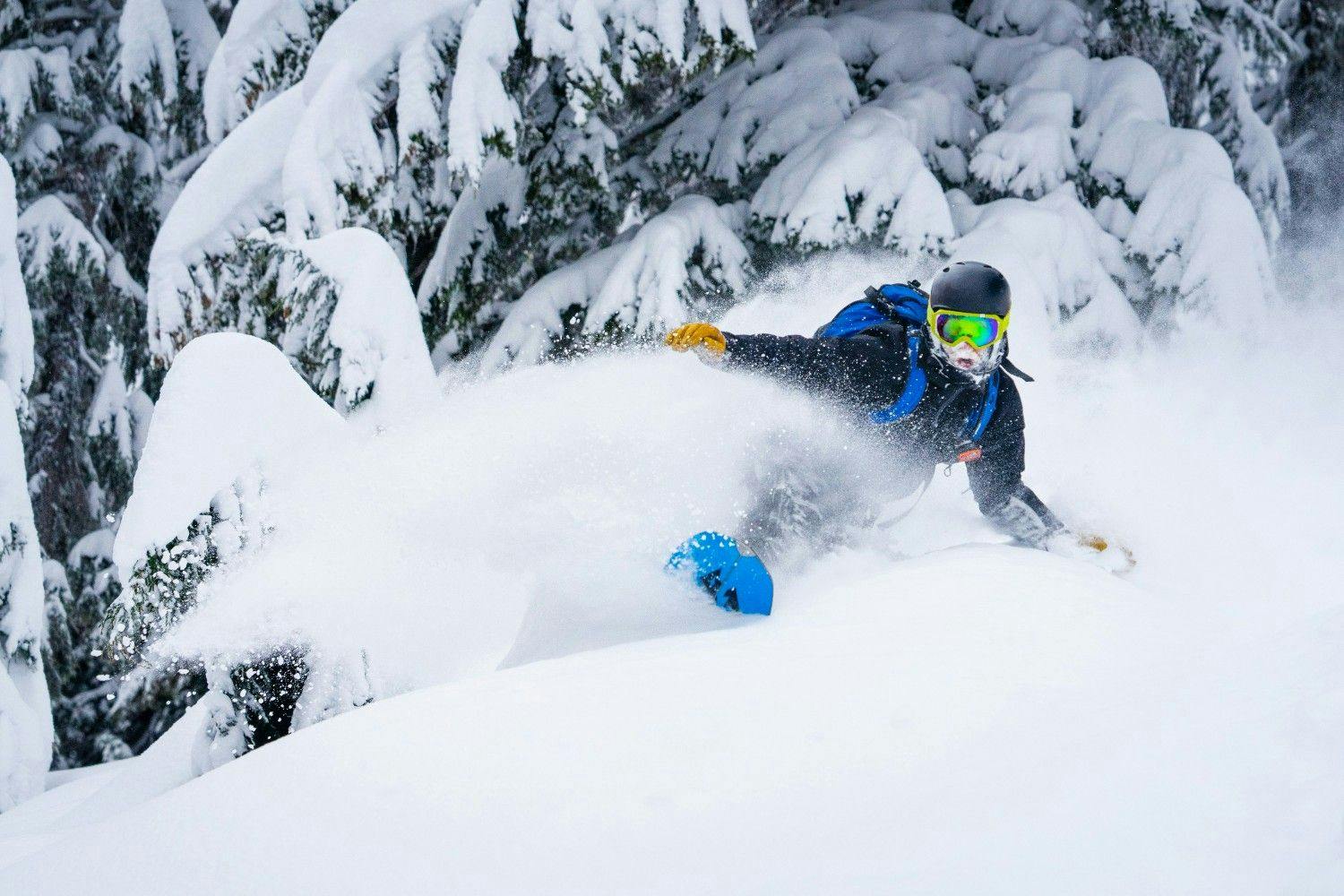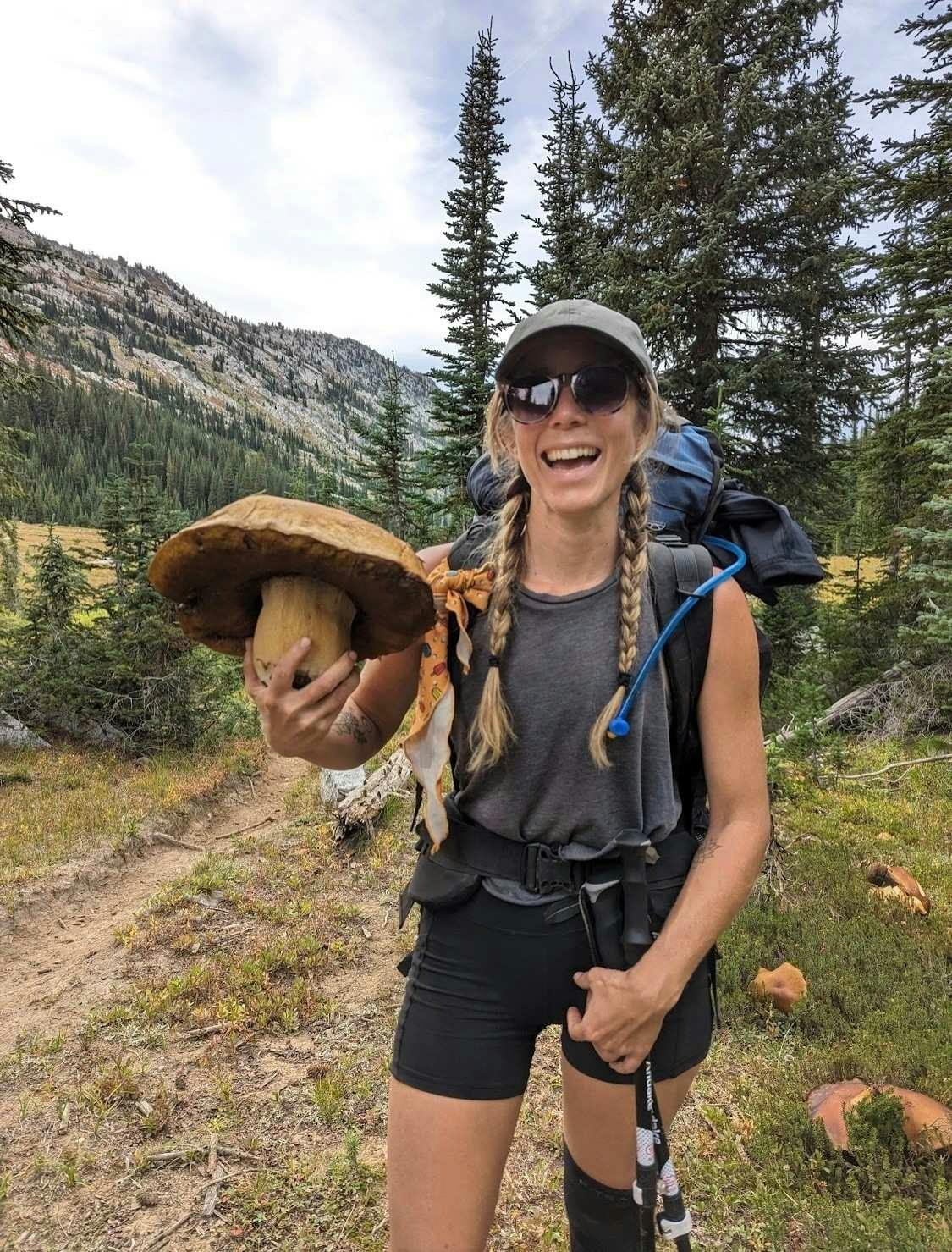
When winter weather patterns shift, skiers and snowboarders start watching the forecast like hawks, and few words stir up more excitement (or debate) than El Niño and La Niña. These Pacific Ocean phenomena don’t just shape global weather; they can completely transform a ski season. One year, California is buried under record-breaking powder. The next, it’s the Pacific Northwest’s turn to shine.
So which one is better for snow – El Niño and La Niña? The truth is, it depends on where you’re skiing. El Niño and La Niña each paint a very different picture across North America, from deep, consistent storms in the Northern Rockies to epic Sierra dumps and surprise East Coast powder days. Whether you’re chasing waist-deep turns in the PNW or planning that long-awaited trip to Tahoe, here’s how these two powerful climate patterns can make or break your ski vacation, and where to go to score the best snow for the 2025/26 ski season.
Every winter, the Pacific Ocean sets the stage for how much snow will fall and where. The stars of this long-running climate show are El Niño and La Niña, two opposing patterns that influence the position of the jet stream and, ultimately, the storm tracks that deliver powder to our favorite mountains. Each weather pattern has its sweet spots and knowing how they work can help you plan your ski trips for maximum snowfall and minimal guessing.
El Niño, the warm phase, occurs when sea surface temperatures in the central and eastern Pacific are higher than average. This tends to push the jet stream south, steering storms toward the southern U.S. and bringing massive snowfall to California, the Southwest and the southern Rockies. Think: Breckenridge buried under 20-foot snowbanks, Tahoe resorts like Palisades refilling day after day and the San Juans basking in deep, heavy powder days.
La Niña, on the other hand, is El Niño’s colder counterpart. Cooler ocean temperatures pull the jet stream north, funneling frequent storms into the Pacific Northwest and Northern Rockies. Resorts like Whistler Blackcomb, Mt. Bachelor, Jackson Hole and Big Sky thrive in La Niña years, when temperatures stay cold and snow totals stack up early and often.

Will this winter be El Niño or La Niña? That’s the big question on every skier’s mind. According to meteorologists, the 2025/26 ski season is shaping up to be a weak La Niña year. The National Weather Service reports that La Niña conditions are already present and are expected to continue through December 2025 to February 2026, before likely easing into more neutral conditions sometime between January and March 2026. Of course, long-range forecasts always come with a dose of uncertainty, but they still offer valuable clues about what kind of winter we can expect. So, what does a weak La Niña mean for snowfall across North America this season? Let’s break it down.

Because the forecast is showing a weak La Niña, the signals are less rigid than in a strong year, meaning there’s a little more wiggle room. But also more reason to aim for regions that historically benefit. Let’s explore by region:
This area is poised to shine. Forecasts from the National Oceanic and Atmospheric Administration (NOAA) show above-normal precipitation and colder-than-average temperatures favored across the north, especially in Washington’s Cascades, western Montana, Idaho and northern Wyoming. That means iconic ski resorts like Mt. Bachelor (OR), Schweitzer (ID), Whitefish (MT), Big Sky (MT) and Jackson Hole (WY) are on the powder list for 2025/26. With frequent northern storm tracks and cold air in place, they’re some of the best bets if you’re chasing deep snow and fresh powder runs.
Traditionally, La Niña winters have meant colder, snowier conditions across Western Canada, as frigid northern air sweeps down over British Columbia and the Rockies. Climatologist David Phillips notes that this pattern still tends to favor big snow totals in B.C.’s mountain ranges, but as climate change continues to nudge average temperatures upward, the effects aren’t always as predictable as they once were (via CTV News). La Niña still gives B.C.’s major resorts a strong chance for above-average snowfall, especially at higher elevations. Expect promising conditions at Whistler Blackcomb, Big White, Revelstoke, Sun Peaks and other Western Canadian resorts.
Here’s the twist: in a typical La Niña, the Southwest and California’s mid-elevation resorts tend to see less snow. But because this year’s La Niña is on the weaker side, there’s real potential for surprises if the storm track dips south. NOAA’s outlook calls for mixed to slightly below-normal precipitation across central and southern California and the Southwest, yet that doesn’t mean it’ll be dry all season. All it takes is a few well-timed Pacific systems to flip the script. Keep an eye on Mammoth this year – with its sky-high elevation and impressive snow record, it’s perfectly positioned to capitalize when those storms roll through.
Related Reading: 5 Reasons to Book Your Ski Trip Early For Top Deals
Ready to make the most of the 2025/26 ski season? Connect with one of Ski.com’s Mountain Travel Experts today for a free, personalized quote, and we’ll take care of all of the details. Nobody understands why you crave time in the mountains more than we do, and nobody knows how to guide you there better.
TAGGED: la nina, El Nino, Snow Forecasts

Author



Sign up for exclusive offers, news, updates and more.